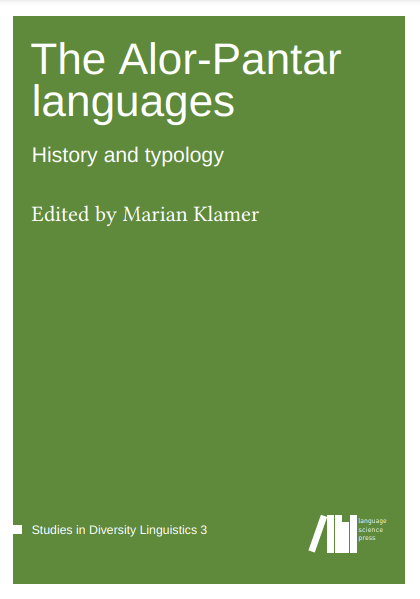The Alor-Pantar languages
Editorial: Language Science Press
Licencia: Creative Commons (by)
Autor(es): Klamer, Marian
The Alor-Pantar family constitutes the westernmost outlier group of Papuan (Non-Austronesian) languages. Its twenty or so languages are spoken on the islands of Alor and Pantar, located just north of Timor, in eastern In- donesia. Together with the Papuan languages of Timor, they make up the Timor-Alor-Pantar family. The languages average 5,000 speakers and are under pressure from the local Malay variety as well as the national lan- guage, Indonesian. This volume studies the internal and external linguistic history of this interesting group, and showcases some of its unique typological features, such as the preference to index the transitive patient-like argument on the verb but not the agent-like one; the extreme variety in morphologi- cal alignment patterns; the use of plural number words; the existence of quinary numeral systems; the elaborate spatial deictic systems involving an elevation component; and the great variation exhibited in their kinship systems. Unlike many other Papuan languages, Alor-Pantar languages do not ex- hibit clause-chaining, do not have switch reference systems, never suffix subject indexes to verbs, do not mark gender, but do encode clusivity in their pronominal systems. Indeed, apart from a broadly similar head-final syntactic profile, there is little else that the Alor-Pantar languages share with Papuan languages spoken in other regions.
[2014]
Compartir:
Una vez que el usuario haya visto al menos un documento, este fragmento será visible.


